This homemade Yuzu Syrup is sweet, tart, and super easy to make! With just 3 ingredients and a few minutes of prep, you can make a quick yuzu simple syrup for cocktails, mocktails, teas, or even to top cheesecake.
This was inspired by my lemon soju cocktail, and goes great swapped out with the plain simple syrup in my soju mojito.
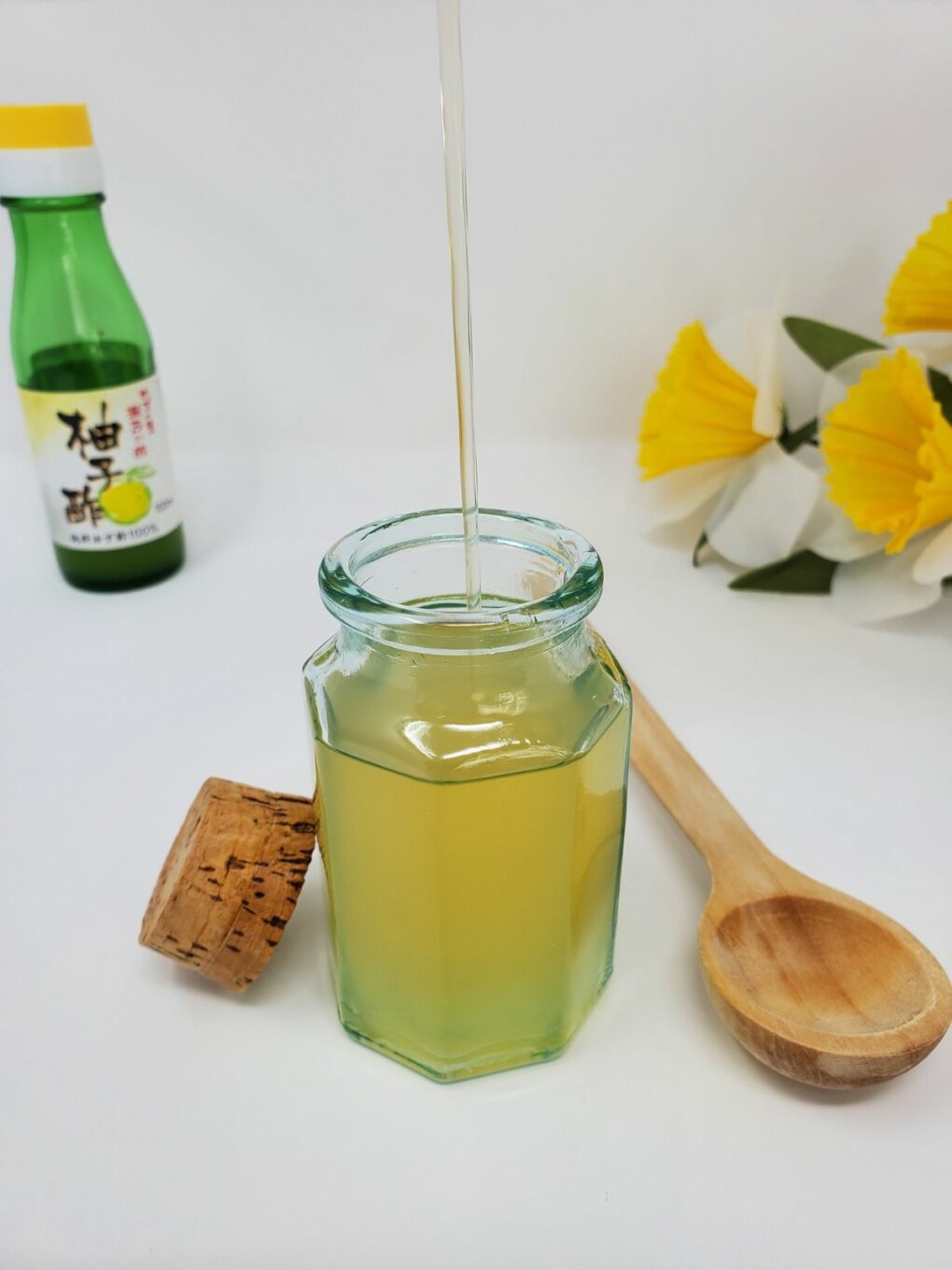
Jump To
✔️ Why this recipe is great
Flexible Flavor: whether you use coconut sugar, palm sugar, honey, or even agave syrup, the possibilities for swapping out sweeteners and adding in other flavor is quite frankly endless. I recommend you start your experimenting with ginger, lemongrass, or even lavender.
Packs a Punch: even just a teaspoon of yuzu syrup packs quite the flavor punch in drinks and desserts, so use sparingly!
Lasts Forever!: I've stored homemade simple syrups in the freezer for up to two years, so even if you just need it for one drink, you can make a large batch and keep it in the freezer door to use in small amounts as needed.
⭐ What is yuzu?
Yuzu is a tart, fragrant citrus fruit native to East Asia, most aptly described as a cross between a lemon, a mandarin, and a grapefruit. It's about the size of a tangerine with a bumpy, yellow or green rind. Yuzu is prized above all for its aromatic zest and juice, which add a distinctive, tangy flavor to a variety of dishes and drinks.
It's not typically eaten raw due to its extreme sourness but is widely used in Japanese and Korean cuisine in sauces, dressings, marinades, and yuzu tea. Yuzu kosho, a spicy condiment made with yuzu zest and chili peppers, is one of the more popular Japanese exports made with yuzu.
🍋 Ingredients
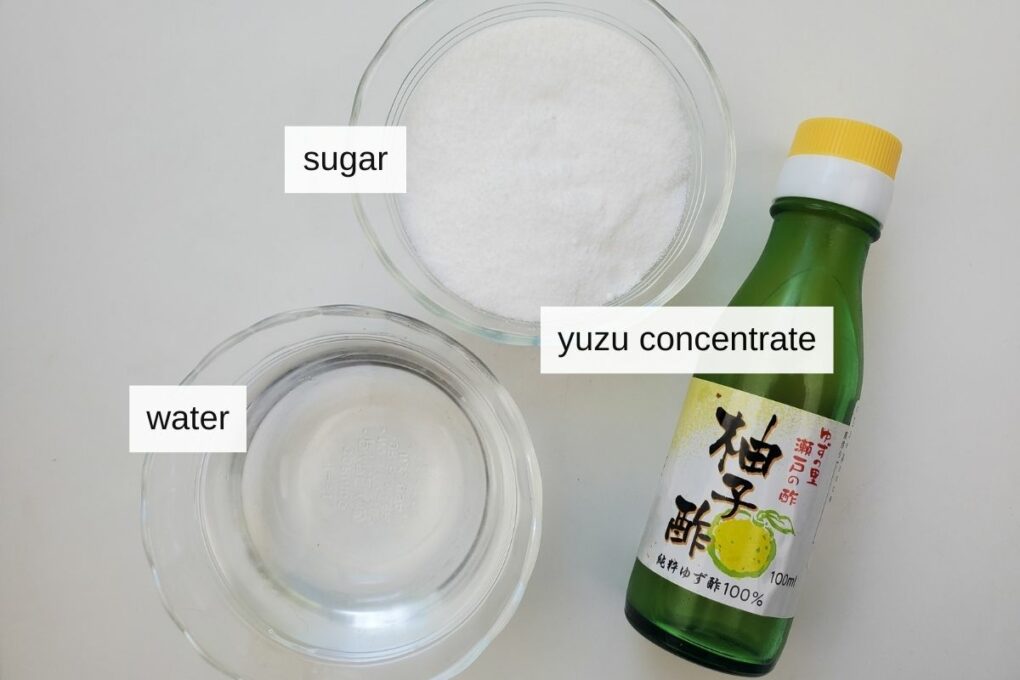
Yuzu Fruit: this floral Korean citrus is like a slightly bittersweet tangerine had a baby with a lemon. It's also quite popular in Japan, which is one of the largest exporters of yuzu products, including yuzu concentrate and yuzu kosho. I've always made this syrup with yuzu concentrate, but you could also use a slightly lesser amount of fresh yuzu juice, if available.
Sugar: beyond water, the only other ingredient in this yuzu syrup recipe is sugar, the essential sweetening ingredient, though you could use almost any other granulated sweetener. I've made syrups with stevia, erythritol, and a blend of allulose and monk fruit sweetener.
See recipe card for exact quantities.
📋 How to make yuzu syrup at home: step-by-step instructions
Step 1. Put the water and sugar into a small pot over medium heat, and stir it constantly with a spatula until the sugar has dissolved (less than a minute).
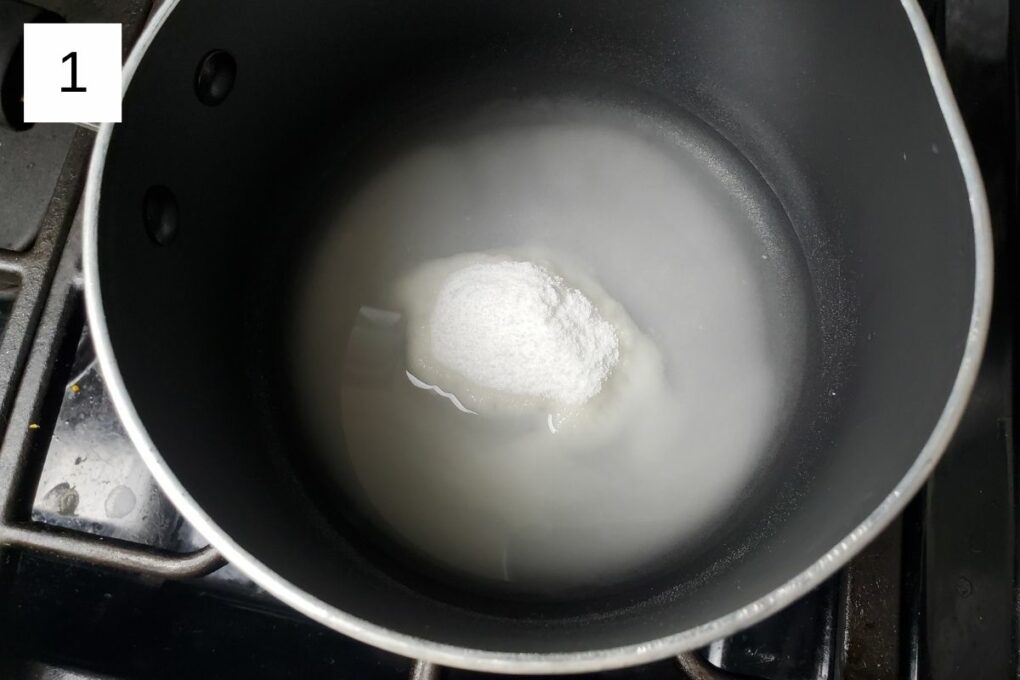
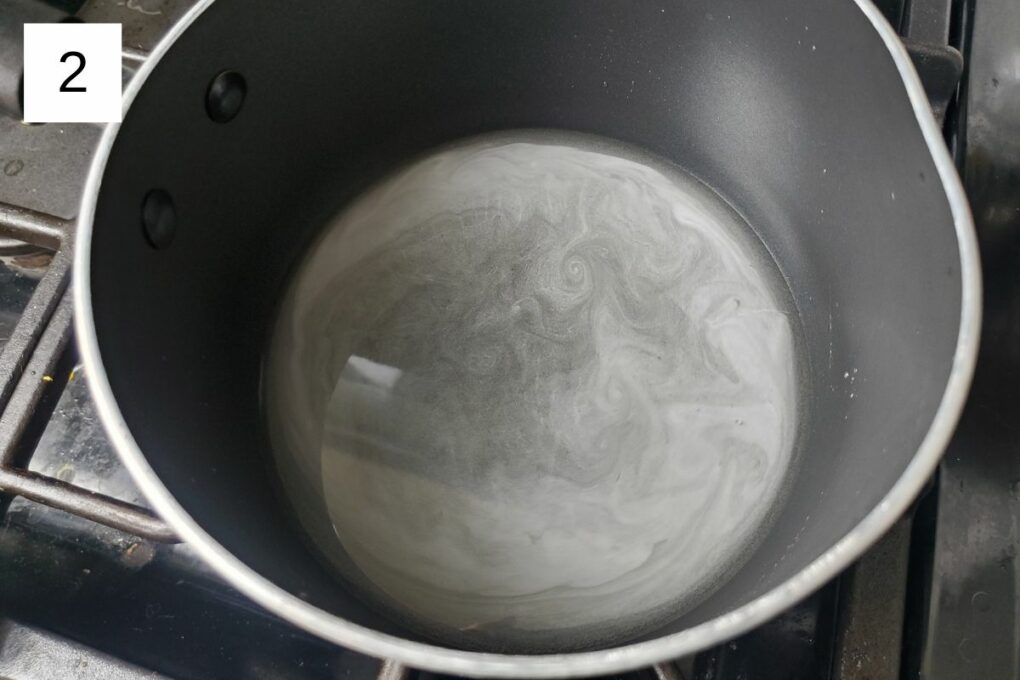
Step 2. Then let it heat until just starting to simmer, set a timer for three minutes of simmering, and turn off the heat when the timer goes off. Immediately pour in the yuzu juice concentrate and stir well, then let it get to room temperature on a cool burner (about 30 minutes). Don't cover it or the syrup will end up too thin; the cooling time also lets more of the water evaporate out.
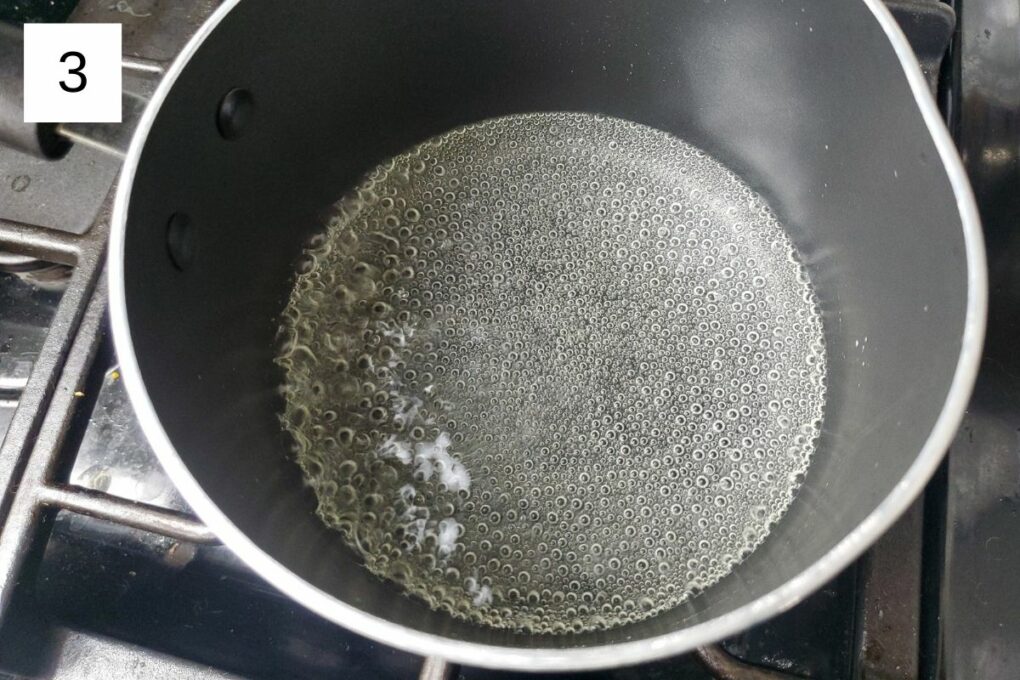
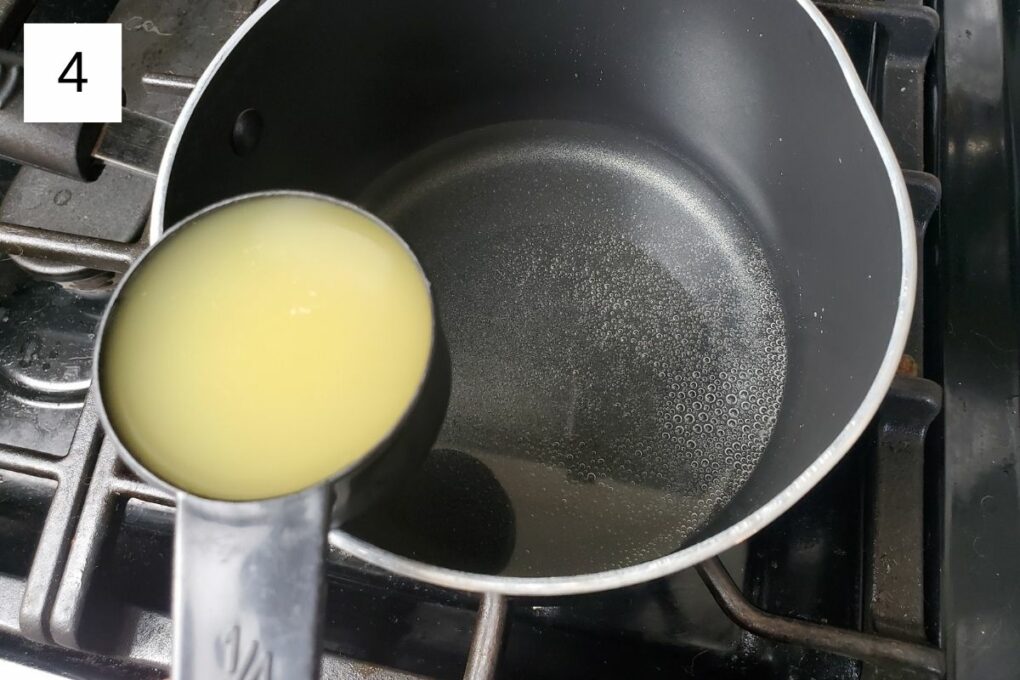
Step 3. Once cooled, pour your yuzu simple syrup into a glass jar, close the jar and store it in the fridge for up to 2 weeks or the freezer for up to 6 months. Makes ¾ cup of syrup.
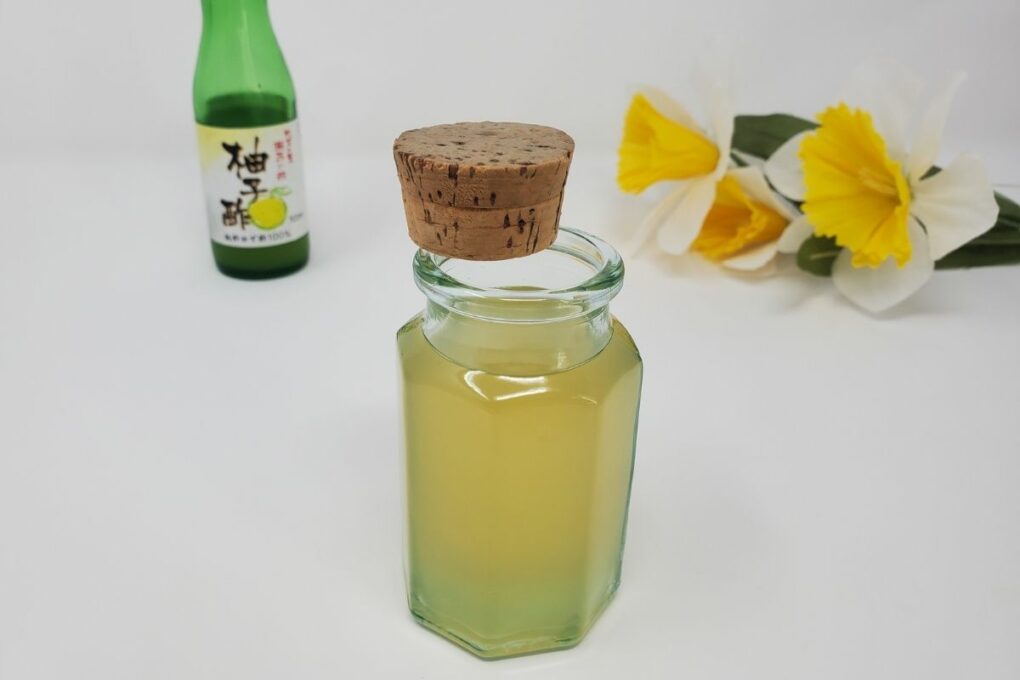
🧂 Substitutions and variations
Yuzu Concentrate: though I haven't personally made yuzu syrup with fresh yuzu or frozen yuzu puree, both of those are good options in place of yuzu concentrate, if it's not an option.
Sugar: while you can use almost any granulated sweetener in this recipe, I've only made it with sugar. But other great alternatives include honey, palm sugar, coconut sugar, or even erythritol for a yuzu syrup without sugar.
- Yuzu Rose Syrup - you can add 1 teaspoon of rose water to your mostly-cooled yuzu syrup to add extra depth and florality to the syrup, but it's not necessary.
- Yuzu Ginger Syrup - you can add ½ teaspoon of fresh ginger puree when you add the yuzu concentrate, but you will need to strain the syrup before using.
- Honey Yuzu Syrup - using an equal amount of honey in place of the sugar would add a caramel sweetness to your yuzu simple syrup, while also making an even more naturally floral and thicker syrup for desserts.
- Yuzu Vanilla Syrup - adding either half of one whole split vanilla pod with the yuzu concentrate or ¼ teaspoon high-quality vanilla extract right as it's cooled would make a delicious vanilla yuzu syrup.
⭐ Storage and freezing
Fresh yuzu simple syrup will stay good in the fridge for up to 2 weeks, but can stay good frozen for 6+ months without losing any flavor (if stored in an air-tight container). Whatever you do, just be sure to let it cool to room temperature before you put it anywhere cold.
👨🏻🍳 Expert notes & tips
Can I use yuzu puree?: though I haven't tried it myself, you should be able to use slightly more frozen yuzu puree (or slightly more fresh puree) than the concentrate called for in the recipe. Just be sure to strain it afterwards to remove the pulp, and let me know in the comments how it turns out.
Using Fresh Fruit: if using fresh yuzu fruit juice, I recommend using slightly less than the called-for yuzu concentrate, and keeping the very outside part of the peels to candy or keep in the syrup as garnishes.
Crystalizing: to avoid causing the syrup to crystalize after a bit of time in the fridge, be sure not to stir the mixture once the sugar is fully dissolved and it begins bubbling. However, the acidity from the yuzu fruit juice should actually help with this.
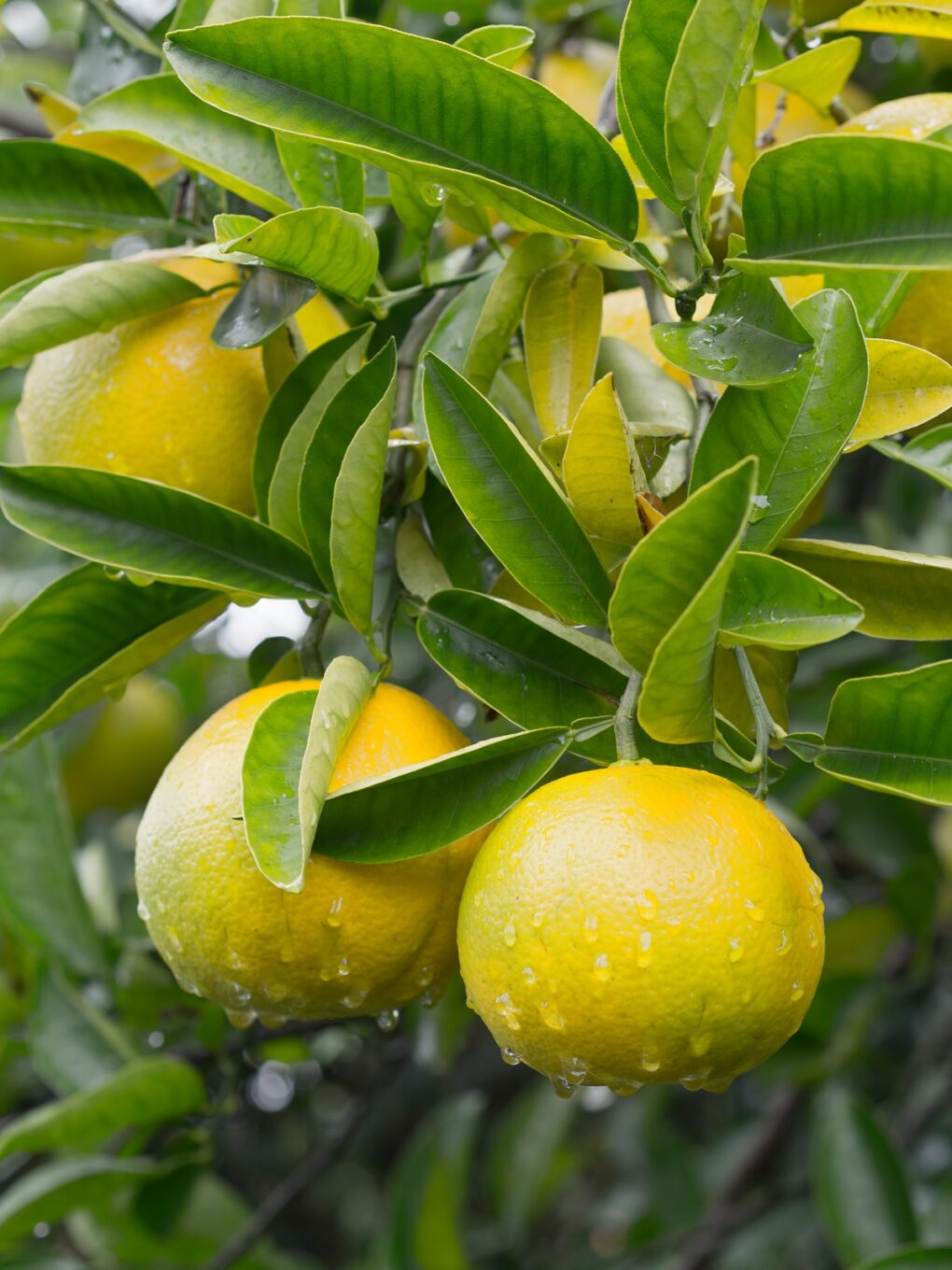
🌟 Yuzu simple syrup uses
- use it to sweeten mocktails (or even homemade cocktails!)
- make it part of a sweet citrus salad dressing
- add it to large batches tea
- sweeten your morning latte
- turn it into a simple yuzu lemonade
- pour it on top of your favorite unfrosted cake
🙋🏻♂️ Frequently asked questions
Yuzu syrup is a sweet and tangy condiment made from the juice of the yuzu fruit, sugar, and sometimes additional flavorings or ingredients like yuzu zest. It's commonly used to flavor cocktails, desserts, and sodas, providing a unique citrus note.
Yuzu sauce is typically composed of yuzu juice or zest, combined with ingredients such as soy sauce, vinegar, sugar, and sometimes chili peppers or garlic. It's a versatile sauce used in Japanese cuisine to enhance the flavor of dishes like sashimi, salads, and noodles.
Yuzu is expensive due to its labor-intensive harvesting process, limited cultivation outside of Japan, and the difficulty in growing the fruit, which is sensitive to environmental conditions. Its scarcity outside of East Asia and the high demand for its unique flavor contribute to its high cost.
A common substitute for yuzu, when the fruit is unavailable, is a blend of other citrus juices such as lemon, lime, and grapefruit, which can mimic its complex flavor. Meyer lemon is often suggested as a closer alternative due to its similar balance of tartness and sweetness.
Yuzu's floral flavor pairs well with a variety of ingredients, including seafood, green vegetables, and most herbs, including ginger. It also complements sweet pairings like chocolate, berries, and creamy desserts, adding a refreshing citrus note to rich and sweet flavors.
📖 Recipe
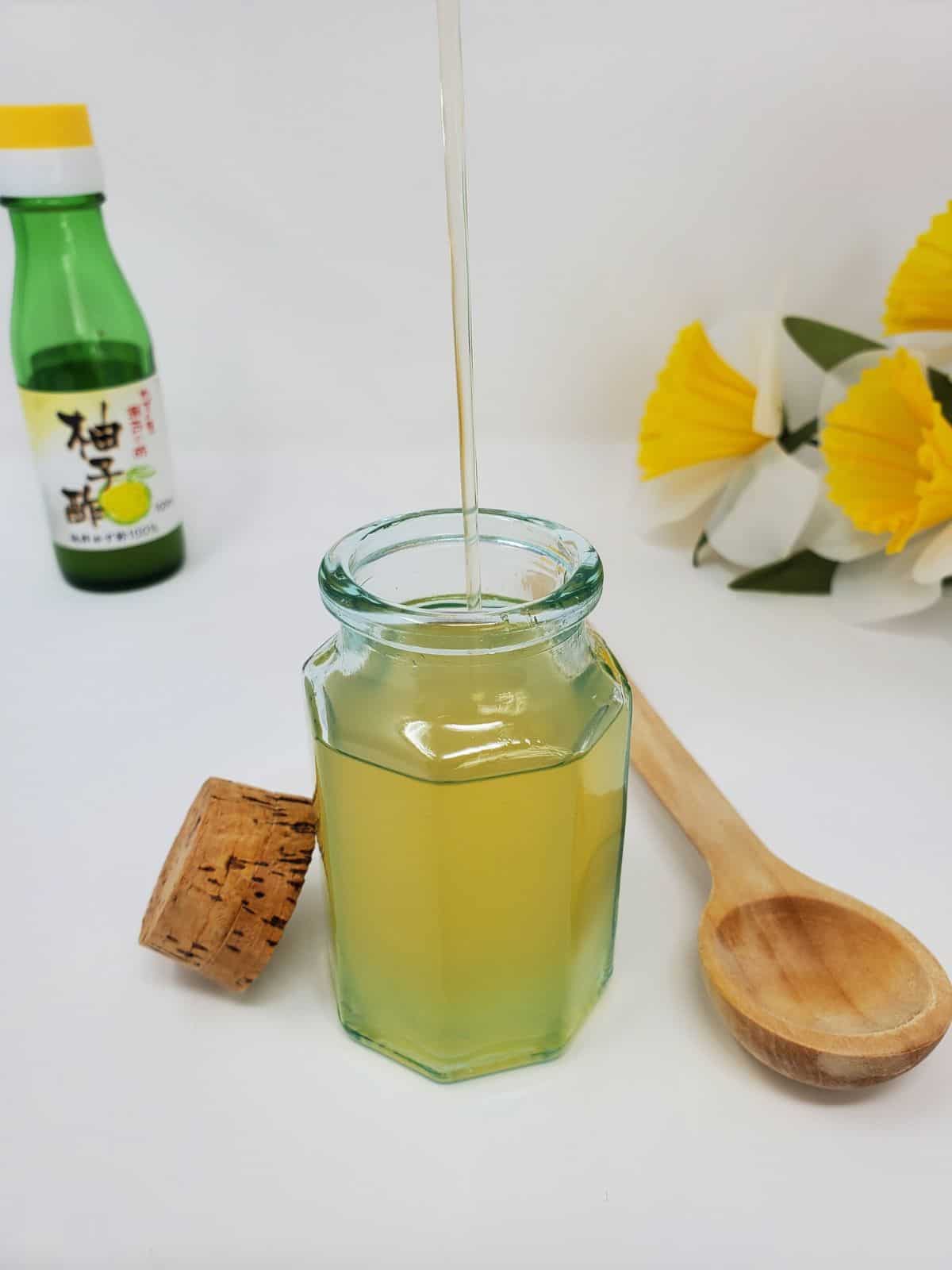
Easy Yuzu Simple Syrup
Ingredients
- ½ cup sugar or other granulated sweetener
- ½ cup filtered water
- ¼ cup yuzu concentrate alt. 3 tablespoons fresh yuzu juice
Instructions
- Put the water and sugar into a small pot over medium heat, and stir it constantly with a spatula until the sugar has dissolved (less than a minute).
- Then let it heat until just starting to simmer, set a timer for three minutes of simmering, and turn off the heat when the timer goes off. Immediately pour in the yuzu juice concentrate and stir well, then let it get to room temperature on a cool burner (about 30 minutes). Don't cover it or the syrup will end up too thin; the cooling time also lets more of the water evaporate out.
- Once cooled, pour your yuzu simple syrup into a glass jar, close the jar and store it in the fridge for up to 2 weeks or the freezer for up to 6 months. Makes ¾ cup of syrup.


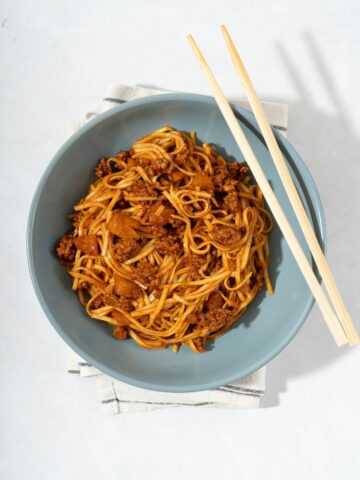
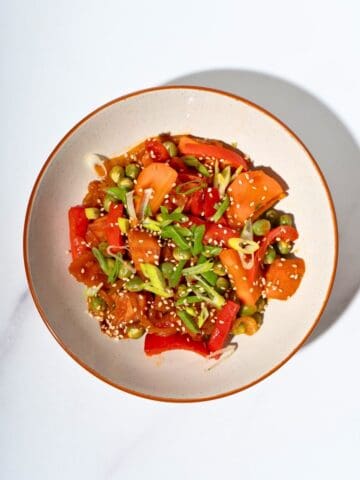
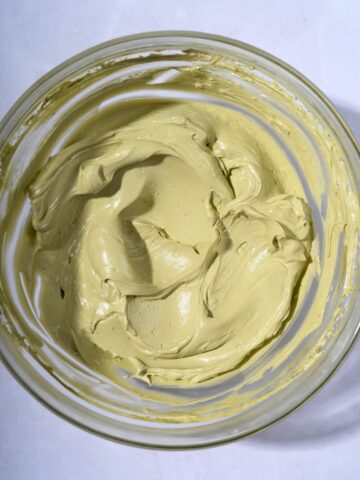

Comments
No Comments